All illustrations by Jean Restayn.
Special thanks to Mr.Restayn for graciously allowing the use of his beautiful illustrations.
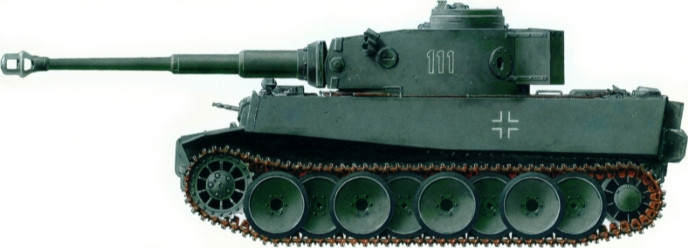
Schwere Pz. Abt. 502, August 1942
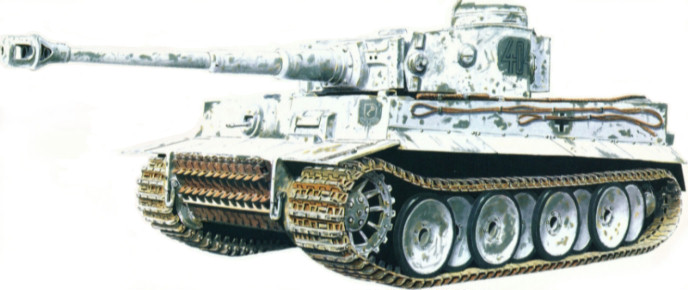
4./SS Pz. Rgt 1, February 1943, Kharkov

Schwere Pz. Abt. 502, February 1943
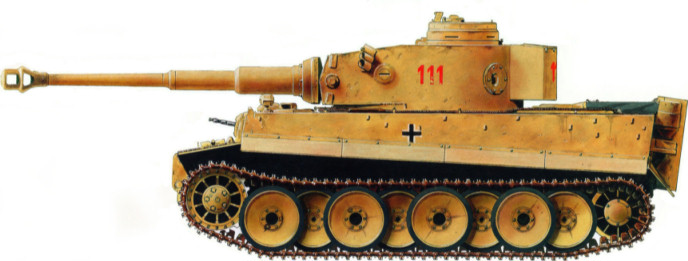
Schwere Pz. Abt. 504, March 1943, Tunisia
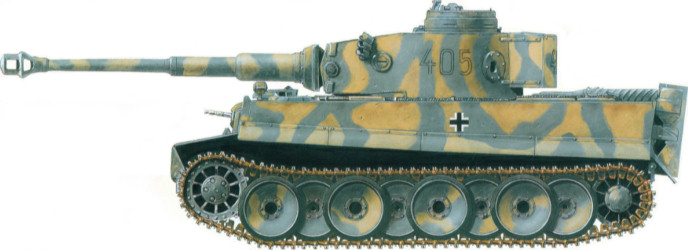
4./SS Pz. Rgt 1, April 1943, Kharkov
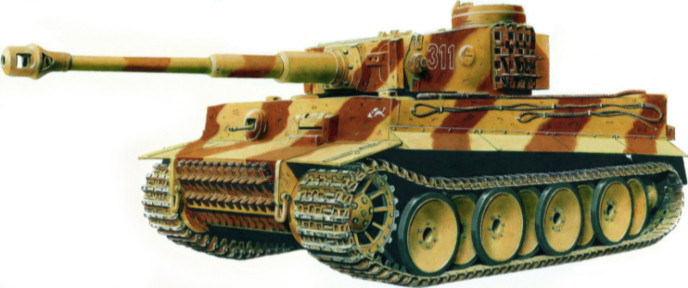
Schwere Pz. Abt. 505, June 1943

13./Pz.Rgt. Grossdeutschland, July 1943
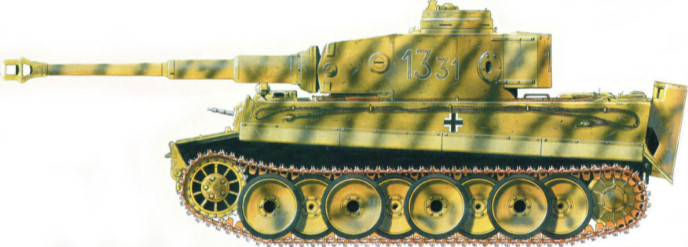
13./SS Pz. Rgt 1, July 1943, Operation Zitadelle
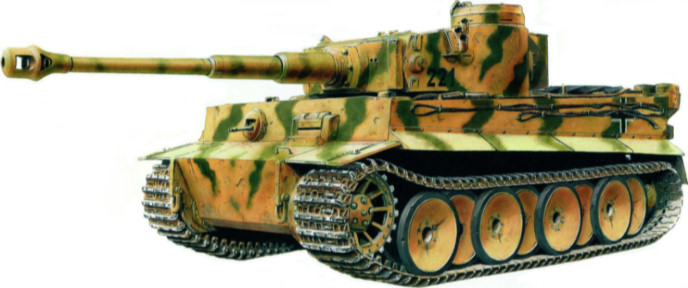
Schwere Pz. Abt. 502, September 1943
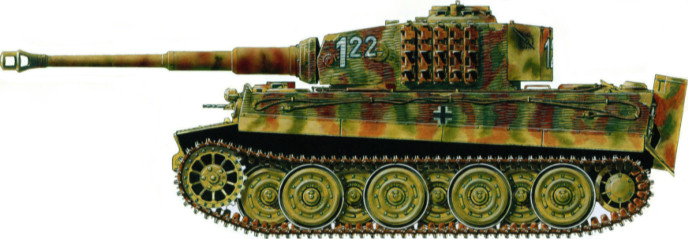
Schwere Pz. Abt. 504, June 1944, Italy

2./Schwere SS Pz. Abt. 101, July 1944, Normandy

3./Schwere SS Pz. Abt. 101, July 1944, Normandy

9./Pz. Rgt. Grossdeutschland, September 1944

Tiger Gruppe Fehrmann, April 1945
 |
From the author of Tiger I on the Eastern Front and Tiger I on the Western Front comes Inside the Tiger I The latest book from Jean Restayn |
